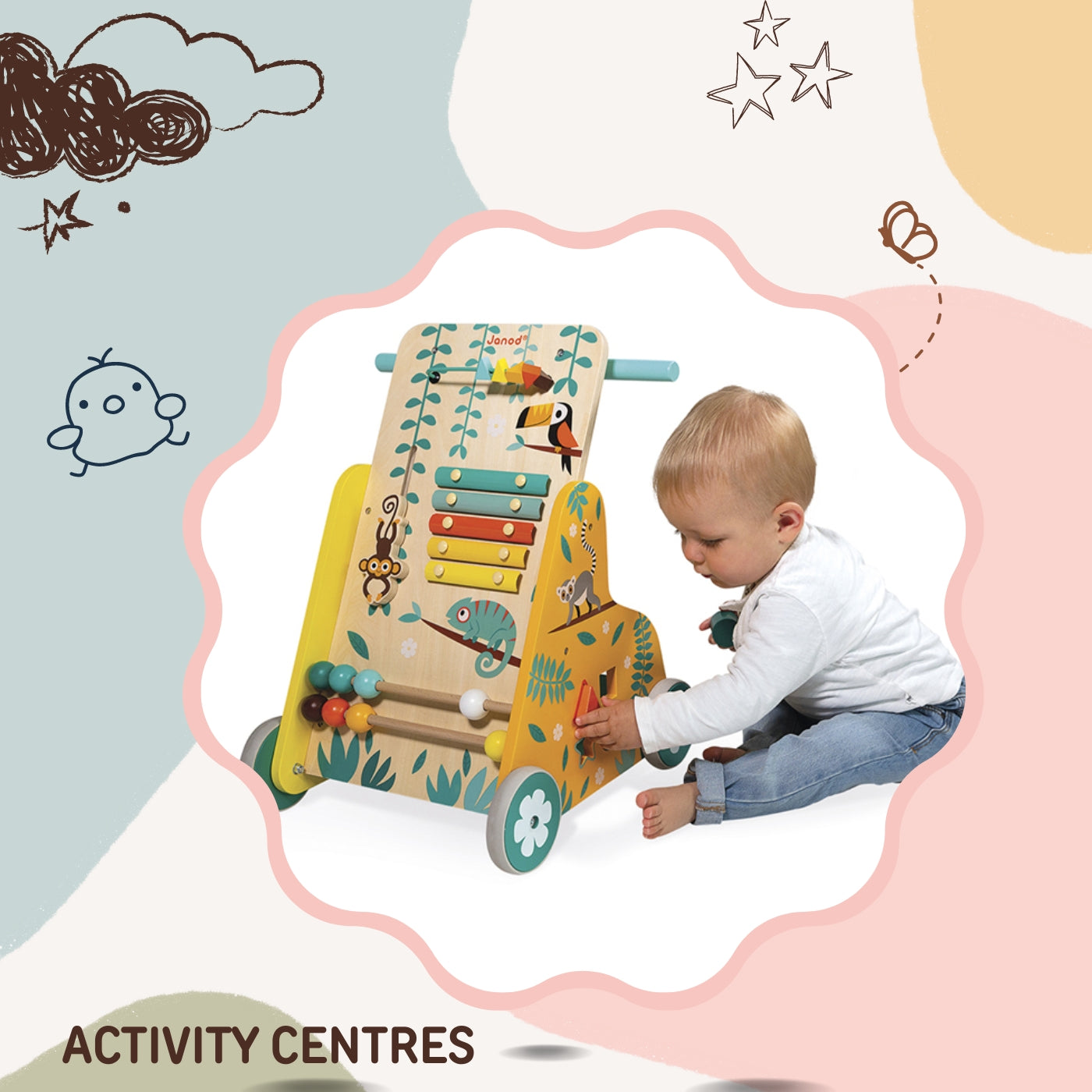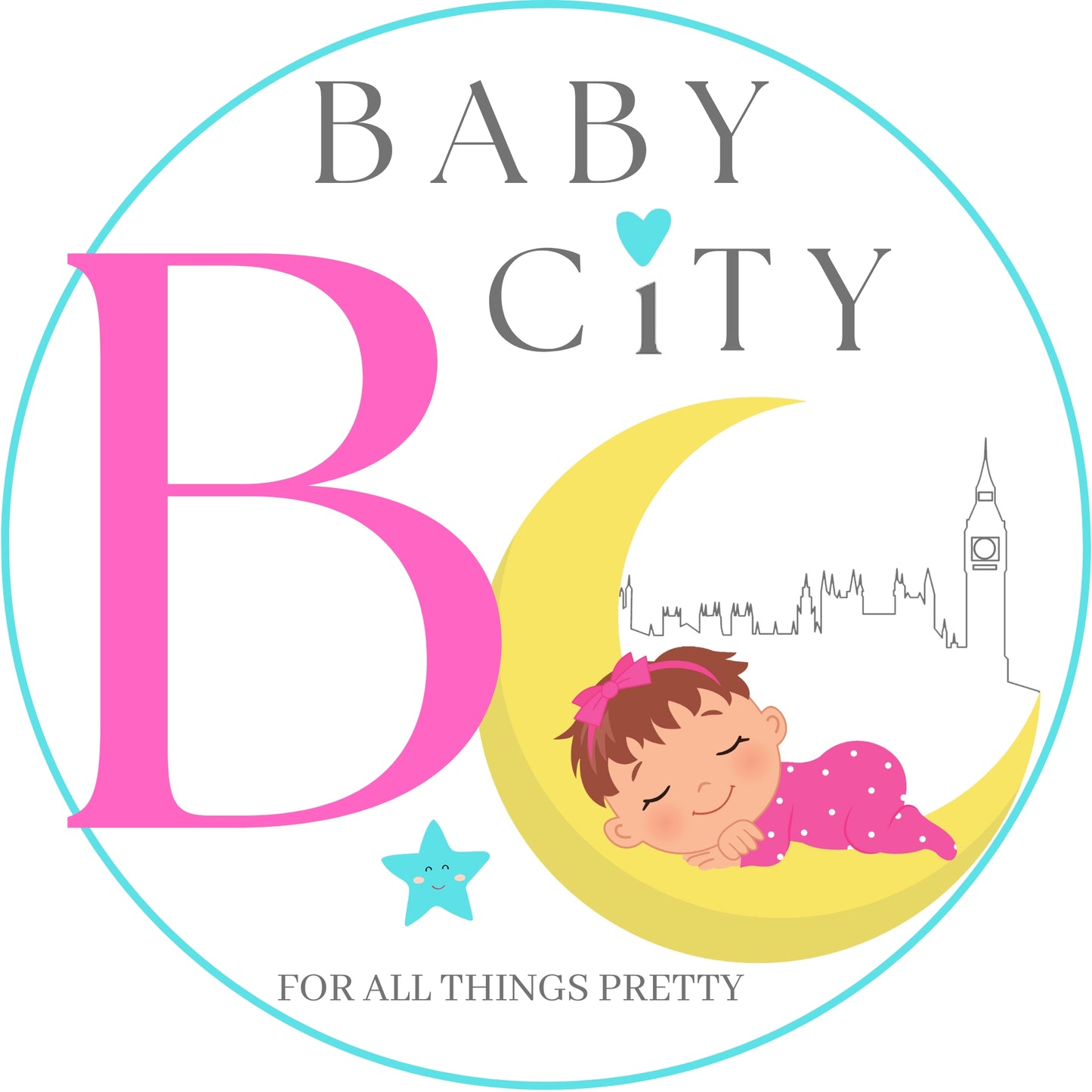
As children grow, it is important for them to have fun and engaging toys that help them learn and develop new skills. Activity centres are one such toy that can provide endless hours of entertainment while enhancing a child's cognitive, physical, and social development. These toys are designed to stimulate a child's senses and promote learning through play. They provide an opportunity for children to explore and experiment with different shapes, textures, colors, and sounds. In this post, we will discuss the critical role that toy activity centres play in child development. We will explore the benefits of these toys and why they are more than just a fun pastime for children. Whether you are a parent, caregiver, or educator, this post will provide you with valuable insights into the importance of toy activity centres and how they can help children learn and grow.
1. What are toy activity centres?
Toy activity centres are multi-functional play stations designed to engage children in a variety of activities. These centres typically feature a variety of interactive toys that encourage physical, cognitive, and emotional development. They incorporate a range of activities such as sliding, spinning, twisting, and pressing buttons to keep children engaged and entertained for extended periods. They usually have a sturdy base and are made of durable materials, ensuring maximum safety for toddlers and young children.
The activities offered by toy activity centres are designed to improve fine and gross motor skills, hand-eye coordination, problem-solving, and critical thinking skills. Children can also learn about shapes, colors, and numbers as they explore the various activities. Some activity centres also incorporate musical elements, such as piano keys or drums, to help children develop an appreciation for music and enhance their auditory senses.
Toy activity centres come in a variety of shapes and sizes, with some designed for specific age groups, while others are adaptable, growing with the child as they develop. They are a popular choice for parents and caregivers looking to provide young children with a safe, engaging, and educational play experience.
While toy activity centres can provide hours of fun and entertainment, they are also a critical tool for child development, offering numerous benefits that can help children thrive and reach their full potential. In the following sections, we will explore some of the ways in which toy activity centres can support child development and why they are much more than just a fun toy.
2. Why are toy activity centres important for child development?
Toy activity centres are not just a fun way to keep children entertained, but they are also a critical tool for child development. These centres offer a wide range of activities that help children develop their motor and cognitive skills.
For instance, a baby activity centre with different toys and activities can help babies develop their hand-eye coordination as they try to grasp and touch the different toys. As they grow, they can also improve their fine motor skills as they learn to manipulate the different buttons and knobs on the activity centre.
Furthermore, activity centres can also help with cognitive development as they offer different shapes, colours, and textures that help children learn about the world around them. Children can also develop their problem-solving skills as they try to figure out how to use the different features of the activity centre.
In addition, activity centres offer a safe and stimulating environment for children to play and explore, which can help with their emotional and social development. Children can learn to share, take turns, and interact with others through play.
Overall, toy activity centres are a valuable tool for child development as they offer a fun and engaging way for children to learn and grow.
3. Developing fine motor skills with toy activity centres
One of the key benefits of toy activity centres for children is developing fine motor skills. Fine motor skills are essential for daily life as they involve the use of small muscles in the hands, fingers, and wrists which help us perform everyday tasks such as writing, typing, buttoning clothes, and using cutlery.
Using a toy activity centre can help children develop these skills by engaging them in activities that require precise hand movements such as twisting, turning, and grasping. For example, a toy activity centre with small knobs, buttons, and switches can help a child develop dexterity and hand-eye coordination.
Furthermore, toy activity centres can also help in developing cognitive skills as children learn to identify shapes, colours, and patterns. They also help in improving concentration, attention span, and problem-solving abilities.
In summary, toy activity centres are not just fun but also provide a critical tool for child development. By providing children with opportunities to engage in activities that help in developing fine motor skills, cognitive abilities, and concentration, parents and caregivers can help them build a strong foundation for a successful life.
4. Improving cognitive development with toy activity centres
Toy activity centres are a fantastic way to improve cognitive development in children. These centres are designed to stimulate a child's senses and encourage them to think, solve problems, and improve their cognitive skills. By engaging in play with these centres, children can learn about shapes, colours, and textures, all while developing essential skills like hand-eye coordination and fine motor skills.
One of the key benefits of toy activity centres is that they offer a range of activities that can help to challenge and engage children at different stages of their development. For example, younger babies may enjoy playing with the lights and sounds on the activity centre, while older toddlers can work on their fine motor skills by manipulating the various components of the toy.
As children grow and develop, they also become better at problem-solving and critical thinking. Toy activity centres can help to support this development by providing children with new challenges and puzzles to solve. As they learn to navigate the various components of the toy, they will develop their cognitive skills and become better problem-solvers.
Overall, toy activity centres are an excellent tool for promoting cognitive development in children. They can help to improve a child's fine motor skills, hand-eye coordination, problem-solving abilities, and more. By investing in a quality toy activity centre, parents can help their children to develop essential skills that will serve them well throughout their lives.
5. How toy activity centres improve hand-eye coordination
Toy activity centres are designed to improve the overall development of young children, and one of the key areas that they can help with is hand-eye coordination. Hand-eye coordination is the ability to coordinate movement between the hands and the eyes, and it is a critical skill that children need to develop in order to complete many everyday tasks, such as writing and playing sports.
Toy activity centres have different types of toys that help children develop their hand-eye coordination, such as bead mazes, stacking blocks, and shape sorters. These toys require children to use their hands to manipulate objects and to match shapes and colours. By doing this, children not only improve their hand-eye coordination, but they also develop their fine motor skills, which will help them in many other areas of their life, such as dressing themselves and using utensils.
By providing children with a variety of toys that require different types of hand-eye coordination, toy activity centres can help children to develop this important skill in a fun and engaging way. Parents and caregivers can work with their children to help them improve their hand-eye coordination by playing with these toys and encouraging them to use their hands to manipulate objects.
6. Encouraging social and emotional development with toy activity centres
Toy activity centres are not just fun and games, they are also an important tool for child development. Through play, children can learn a range of skills, including social and emotional development.
Toy activity centres offer a great opportunity for children to interact with others, whether it's a parent, sibling or a friend. As they play with different toys and engage in different activities, they are learning to share, take turns and communicate with others. These skills are crucial for children as they enter school and start to interact with their peers on a regular basis.
In addition to social skills, toy activity centres can also help with emotional development. Children can learn to express their feelings through play and can also learn to manage their emotions. For example, if they are feeling frustrated, they can work through these feelings by engaging with a toy that requires problem-solving skills.
Toy activity centres can also help children to develop their imagination and creativity, which is essential for their cognitive development. Through imaginative play, children can explore different scenarios and create their own stories, which helps to develop their language and literacy skills.
Overall, toy activity centres are a great investment in your child's development. Not only are they fun and engaging, but they can also help to develop important social, emotional and cognitive skills that will benefit them throughout their lives.
7. The benefits of multisensory experiences for child development
Multisensory experiences are highly beneficial to child development, as they engage multiple senses at once. Toys that offer a variety of textures, colours, sounds, and movements can help children develop better cognitive and physical skills. A toy activity centre is a great example of a toy that offers a multisensory experience for children.
These toys often feature different shapes, textures, sounds, and colours, helping children develop their motor skills, hand-eye coordination, and cognitive abilities. As children interact with the different elements of the activity centre, they are also learning about cause and effect, spatial awareness, and problem-solving.
Moreover, multisensory experiences are engaging and help children learn through play. When children are having fun, they are more likely to be receptive to learning and retaining information. This is especially important for young children who are still developing their cognitive abilities.
In summary, providing children with opportunities for multisensory experiences through toys like activity centres is critical for their development. Not only do these toys offer a fun and engaging way to learn, they also help children develop important cognitive and physical skills that will benefit them throughout their lives.
8. What to look for when choosing a toy activity centre for your child
When looking for a toy activity centre for your child, there are several important factors to consider. First and foremost, safety should always be a top priority. Look for activity centres that are made from high-quality materials and have no sharp edges or small parts that can be easily swallowed. Ensure that the activity centre is appropriate for your child's age group and development stage.
Another important consideration is the type of activities that the centre offers. Look for an activity centre that offers a variety of activities that will engage your child's senses and encourage their development. It's also important to choose a centre that offers a range of difficulty levels, so that your child can continue to be challenged as they grow and develop.
The size of the activity centre is also an important consideration. Make sure that the centre is large enough for your child to move around comfortably, but not so large that it takes up too much space in your home. Finally, consider the design and aesthetics of the activity centre. Choose a centre that is visually appealing and matches your child's personality and interests.
By taking these factors into consideration, you can choose a toy activity centre that is not only fun for your child, but also a critical tool for their development.
9. Tips for getting the most out of your child's toy activity centre
Toy activity centres are an excellent investment for your child's development, but it's important to make sure you're maximizing their potential. Here are some tips for getting the most out of your child's toy activity centre:
1. Choose the right activity centre for your child's age range and interests. There are many different types of activity centres available, so make sure you choose one that will keep your child engaged and challenged.
2. Incorporate different types of play. Toy activity centres often have multiple features and functions, so encourage your child to explore all of them. This will help develop their fine motor skills, problem-solving abilities, and creativity.
3. Play with your child. Many activity centres are designed to be used with a parent or caregiver, so take advantage of this and spend some quality time with your child. This will also help them to feel more confident and secure as they explore the toy.
4. Rotate the toys. If your child has a lot of toys, it can be overwhelming to have them all out at once. Try rotating the toys in your child's activity centre to keep things fresh and interesting.
5. Make it part of your routine. Incorporate your child's activity centre into your daily routine, whether it's part of their playtime or part of their learning time. This will help them to develop a sense of consistency and structure.
By following these tips, you can help your child get the most out of their toy activity centre and support their development in a fun and engaging way.
10. Conclusion: why toy activity centres are a must-have for every child's playroom.
In conclusion, toy activity centres are an essential tool for child development, and must-have for every child's playroom. These activity centres are designed to enhance children's cognitive, social, and physical development in a fun and creative way.
Through the use of different toys, activity centres can boost children's problem-solving and critical thinking skills, as well as their imagination and creativity. They offer a safe and stimulating space for children to explore and learn about the world around them.
Additionally, these activity centres can help children develop their motor skills, hand-eye coordination, and fine motor skills, which are essential for their growth and development. They offer a great opportunity for parents to bond with their children, while also providing a safe and independent space for children to play and learn.
In summary, toy activity centres are much more than just toys - they are an essential tool for child development. Investing in a quality activity centre will not only provide hours of fun for your child, but will also give them the skills and confidence they need to succeed in life.

